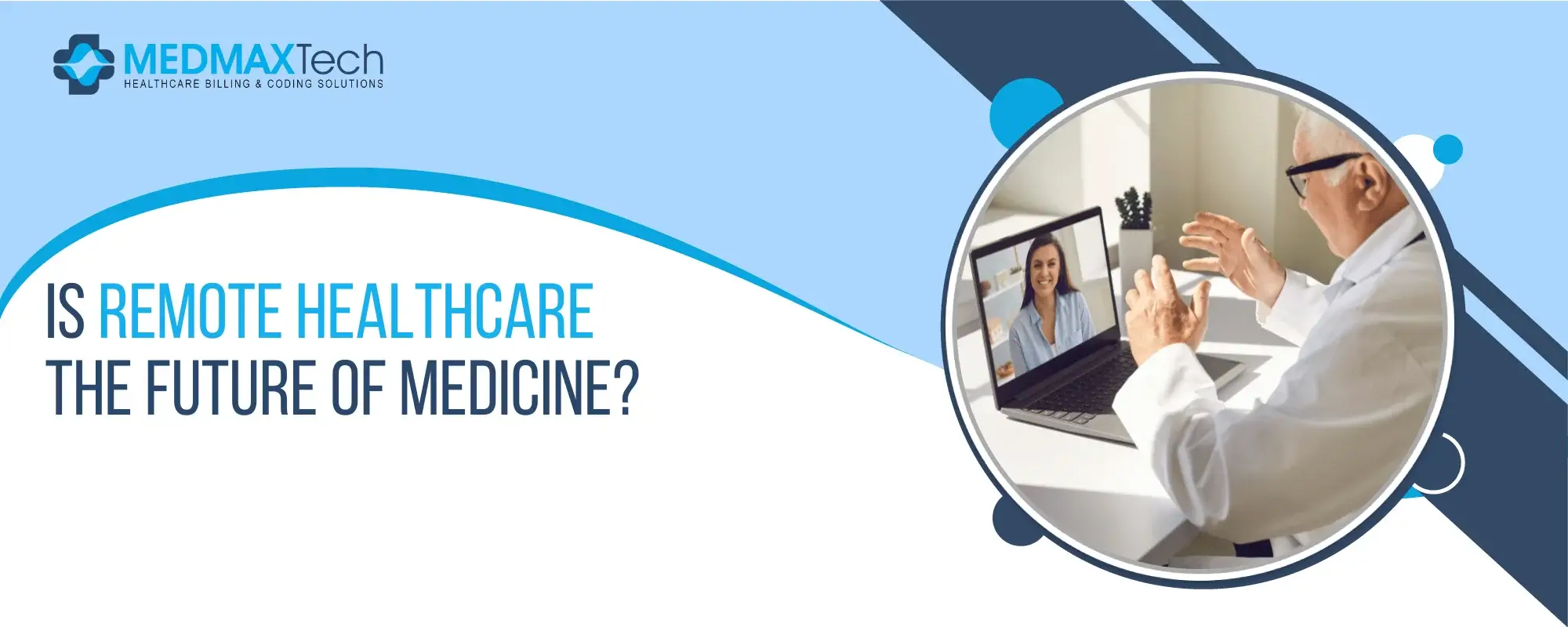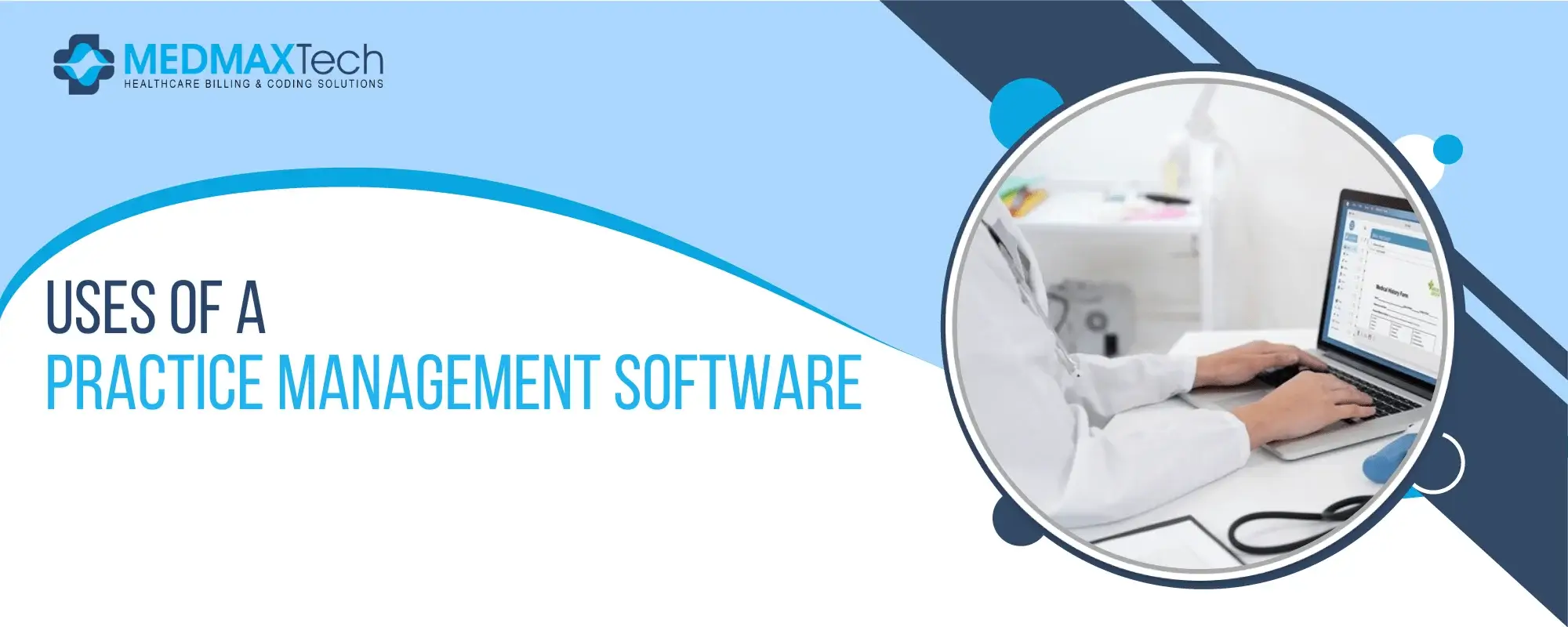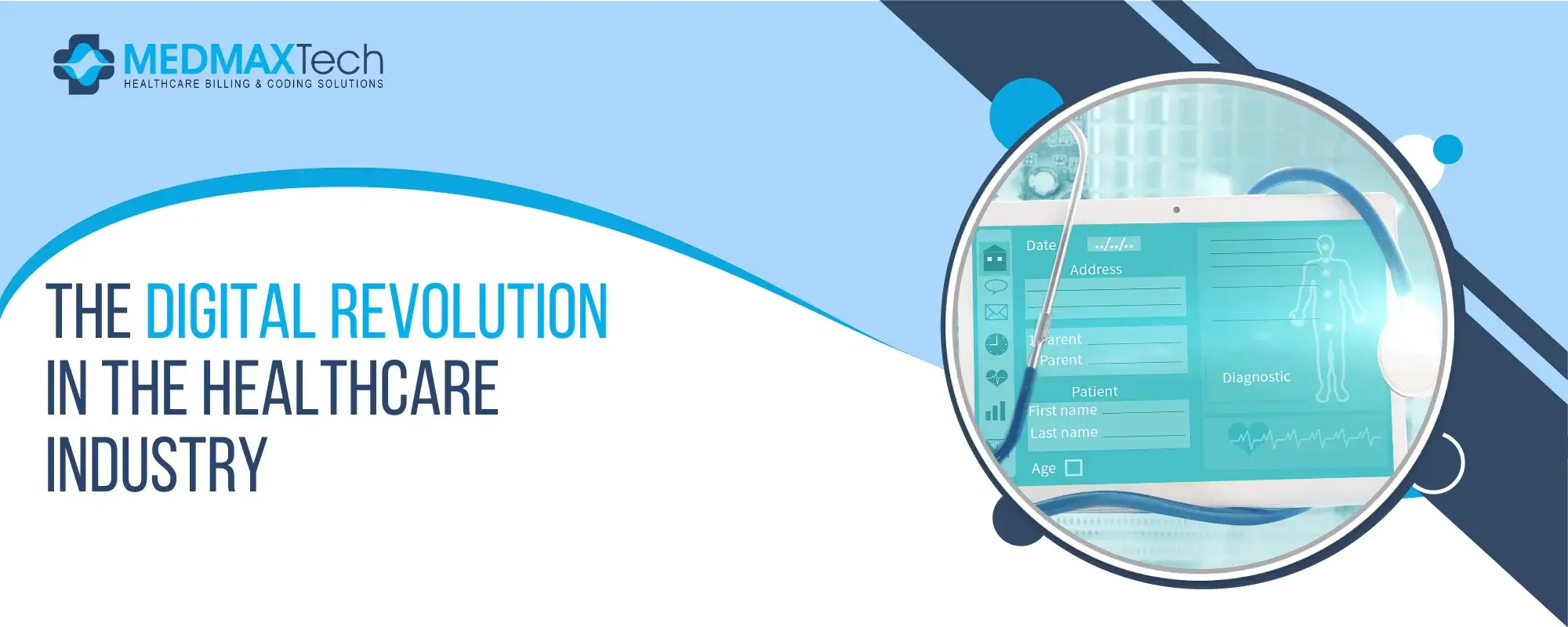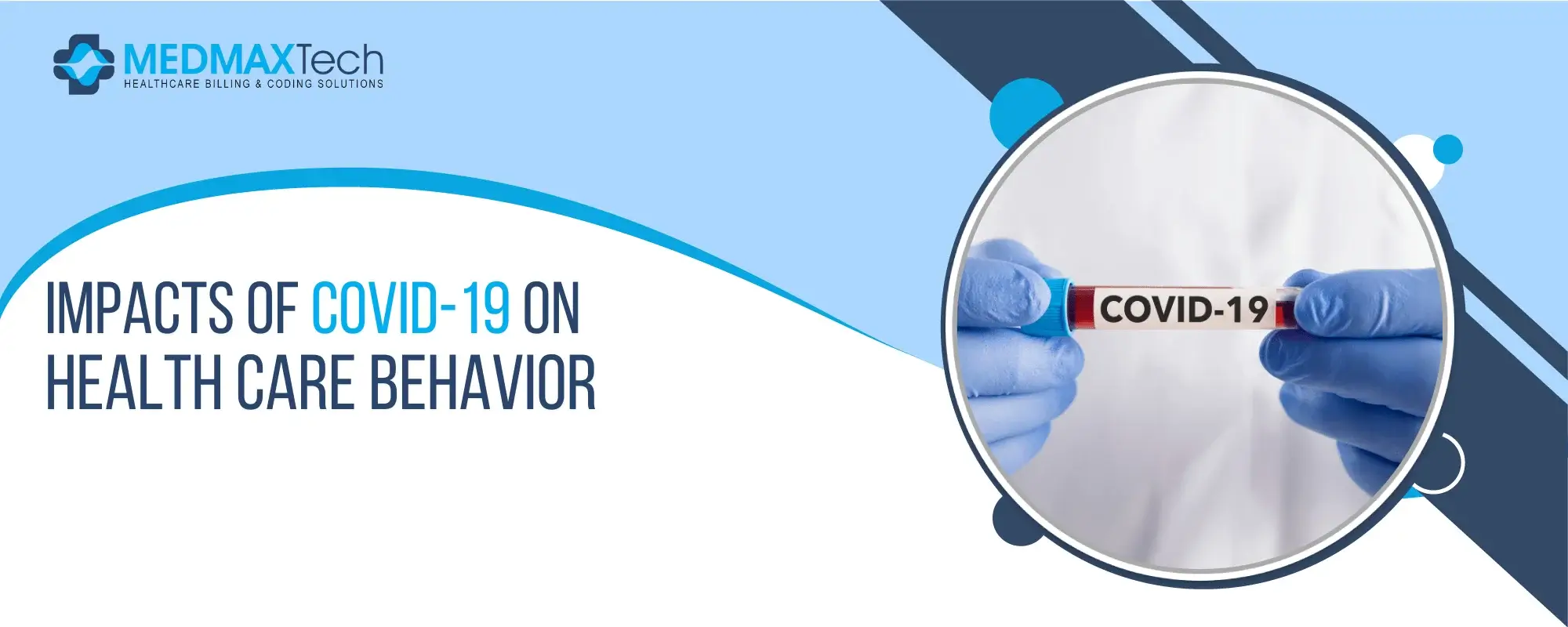
Is Remote Healthcare The Future Of Medicine?
Remote healthcare refers to the delivery of healthcare services and treatments using technology to patients who are not physically present in the same location as the healthcare provider. It encompasses a range of healthcare services including telemedicine, remote monitoring, and digital health. Remote healthcare has been gaining popularity in recent years due to advancements in technology and the need for accessible and cost-effective healthcare services.
Advantages of remote healthcare include greater accessibility to healthcare services, increased convenience, and cost-effectiveness. However, there are also potential disadvantages, such as limited physical exams, lack of personal interaction with healthcare providers, and technology barriers for some patients.
Remote Monitoring in Healthcare
What is remote monitoring in healthcare? Remote monitoring in healthcare involves the use of technology to collect and transmit patient health data from a distance. This technology can include wearables, sensors, and mobile devices that capture and transmit information about a patient’s vital signs, symptoms, and medication use.
The data collected through healthcare RPM can be used to identify potential health issues before they become more serious and to track the progress of ongoing treatments. Remote monitoring in healthcare can be especially beneficial for patients with chronic diseases, as it allows healthcare providers to monitor their conditions more frequently and make timely interventions when necessary.
The use of remote monitoring can also reduce the need for in-person visits and hospitalizations, leading to improved patient outcomes and reduced healthcare costs.
Remote Healthcare Technology
Remote healthcare relies on technology to deliver healthcare services and treatments. This technology includes telemedicine, wearable technology, and remote monitoring systems.Telemedicine involves the use of technology to provide remote consultations between patients and healthcare providers.
Remote healthcare technology can include video consultations, phone calls, or text messages. Wearable technology, such as smartwatches or fitness trackers, can monitor vital signs and collect health data. Remote monitoring systems can track and monitor patient health information from a remote location, such as a patient’s home.
Benefits of Remote Monitoring in Healthcare
Accessibility:
Remote healthcare services can help improve access to healthcare services for patients who may live in remote or rural areas, have limited mobility, or have difficulty leaving their homes.
Convenience:
Remote healthcare services can be more convenient for patients as they can receive healthcare services from the comfort of their own homes or workplaces, without the need to travel to a healthcare facility.
Cost-Effectiveness:
Remote healthcare services can be more cost-effective than in-person healthcare services, as they can reduce healthcare-related travel expenses and the need for physical facilities and staff.
Improved Patient Outcomes:
Remote healthcare services can help improve patient outcomes by providing more frequent monitoring and earlier interventions.
Increased Access To Specialized Care:
Remote healthcare allows patients to access specialized care that may not be available in their area or region. Patients can connect with specialists from different geographical locations, eliminating the need for travel.
Improved Patient Engagement And Compliance:
Remote healthcare services can encourage patients to be more involved in their care, leading to improved compliance with treatment plans.
Patients can receive ongoing support from healthcare providers through remote monitoring and virtual check-ins.
Reduced Risk Of Exposure To Infectious Diseases:
Remote healthcare services can help reduce the spread of infectious diseases by eliminating the need for patients to travel to healthcare facilities.
Patients can receive care from the safety of their own homes, reducing their risk of exposure to infectious diseases
Enhanced Chronic Disease Management:
Remote healthcare services can help improve chronic disease management by allowing for more frequent monitoring and earlier intervention.
Patients can receive ongoing support and guidance from healthcare providers, leading to better disease management and improved outcomes.
Future of Remote Healthcare
The future of remote healthcare is promising, with continued advancements in telemedicine and other remote healthcare technologies.
Telemedicine technology is advancing, with new features such as artificial intelligence and remote patient monitoring becoming increasingly available. Remote healthcare is likely to expand beyond primary care, with specialties such as mental health and oncology also offering remote services.
Patient adoption of remote healthcare services is likely to increase, as patients become more comfortable with technology and healthcare providers continue to promote the benefits of remote healthcare.
Challenges in Remote Healthcare
Remote healthcare services face several challenges, including limited connectivity, privacy and security concerns, and regulatory hurdles.
Limited connectivity can be a significant barrier for some patients, particularly those living in rural or remote areas with limited access to high-speed internet. Privacy and security concerns can also arise, as remote healthcare services may involve the transmission of sensitive personal information over the internet. Regulatory hurdles, such as licensing and reimbursement issues, can also pose challenges to the adoption of remote healthcare services.
The adoption of remote healthcare services has implications for healthcare professionals, including changing roles, new skills required, and job opportunities.
Healthcare professionals may need to adapt their skills to deliver remote healthcare services effectively. For example, they may need to develop skills in digital communication and remote monitoring technologies. In addition, the growth of remote healthcare services may also create new job opportunities for healthcare professionals, such as telemedicine coordinators, remote patient monitoring specialists, and virtual care clinicians.
Remote healthcare is an increasingly important and promising area of healthcare. The adoption of remote healthcare services has the potential to improve healthcare access, convenience, and cost-effectiveness. However, it also faces challenges such as limited connectivity, privacy and security concerns, and regulatory hurdles.
Healthcare professionals must adapt to the changing landscape of remote healthcare services to ensure they can provide high-quality, effective care to their patients in the years to come. Overall, the future of medicine may very well rely on remote healthcare, as it provides patients with innovative and accessible ways to receive care.
Medmax is Changing the Landscape
When it comes to remote healthcare services, Medmax is a top provider of billing remote patient monitoring services practitioners. Medmax’s platform allows for secure, real-time communication between patients and healthcare professionals, as well as easy access to medical records and virtual consultations.
With Medmax, patients can receive personalized care from the comfort of their own homes, while practitioners can remotely monitor and manage their patients’ health conditions. The platform’s user-friendly interface and reliable technology make it an excellent choice for healthcare providers looking to implement remote healthcare services.
Overall, Medmax’s remote monitoring services are an excellent example of how technology can be leveraged to improve access to healthcare and provide high-quality care to patients.
People Also Ask
Why is Remote Medicine Important?
Remote medicine, also known as telemedicine or telehealth, is important for several reasons. First and foremost, it increases access to healthcare for individuals who may face geographical or financial barriers to traditional healthcare services. By using technology to connect patients with healthcare professionals, remote medicine allows individuals to receive medical treatment without the need for an in-person visit to a clinic or hospital.
Remote medicine is also important for improving the efficiency and cost-effectiveness of healthcare delivery. By allowing healthcare providers to remotely monitor and manage patients' health conditions, remote medicine can reduce the need for expensive hospitalizations and emergency room visits. This can result in cost savings for both patients and healthcare providers.
Why is Remote Patient Monitoring the Future of Healthcare?
Remote patient monitoring (RPM) is the use of technology to collect and transmit patient data from a remote location to healthcare professionals. RPM allows healthcare providers to remotely monitor and manage patients' health conditions, which can lead to improved health outcomes, reduced hospitalizations, and cost savings.
RPM is the future of healthcare for several reasons. First, it allows for more proactive and personalized care. By collecting and analyzing patient data in real-time, healthcare providers can identify and address health issues before they become more serious. This can result in better health outcomes for patients and reduced healthcare costs.
RPM also allows for more convenient and accessible healthcare. Patients can use RPM devices to monitor their health from the comfort of their own homes, eliminating the need for frequent in-person visits to healthcare providers. This can be particularly beneficial for individuals with chronic health conditions who require ongoing monitoring and management.
Can Telehealthcare be a Good Alternative in the Care Home?
Yes, telehealthcare can be a good alternative in the care home. Telehealthcare, which involves the use of technology to provide healthcare services remotely, can provide a range of benefits for individuals living in care homes.
Telehealthcare can increase access to healthcare for individuals in care homes by allowing them to consult with healthcare professionals and receive medical treatment without the need for an in-person visit. This can be particularly beneficial for individuals who may have mobility or transportation issues.
Telehealthcare can also improve the efficiency and cost-effectiveness of healthcare delivery in care homes. By allowing healthcare providers to remotely monitor and manage patients' health conditions, telehealthcare can reduce the need for expensive hospitalizations and emergency room visits.
Lastly, telehealthcare can improve the quality of care for individuals in care homes. By providing more frequent and personalized monitoring and management of patient's health conditions, telehealthcare can help to prevent and address potential health issues before they become more serious. This can result in better health outcomes for patients and increased satisfaction with their care.










